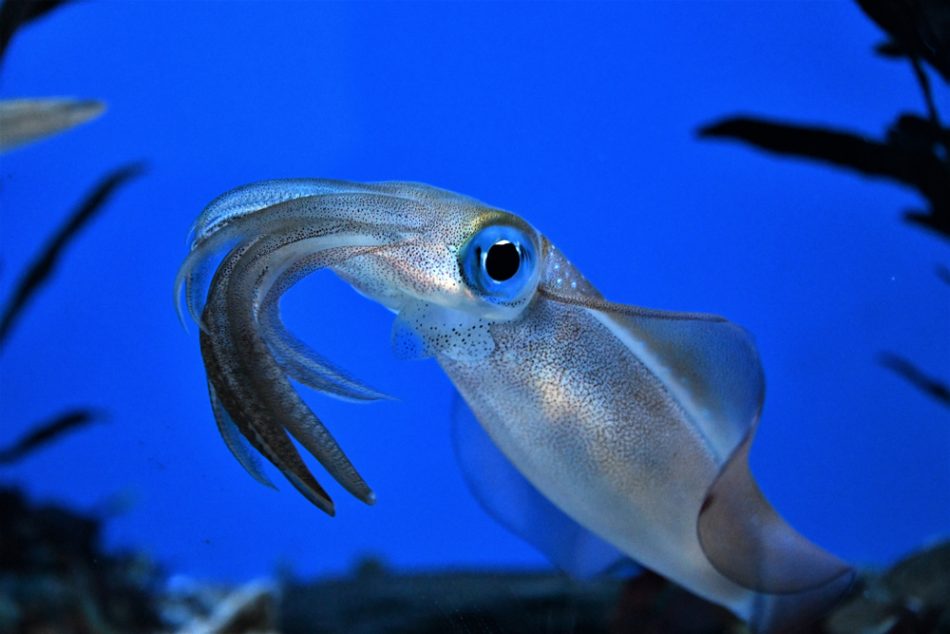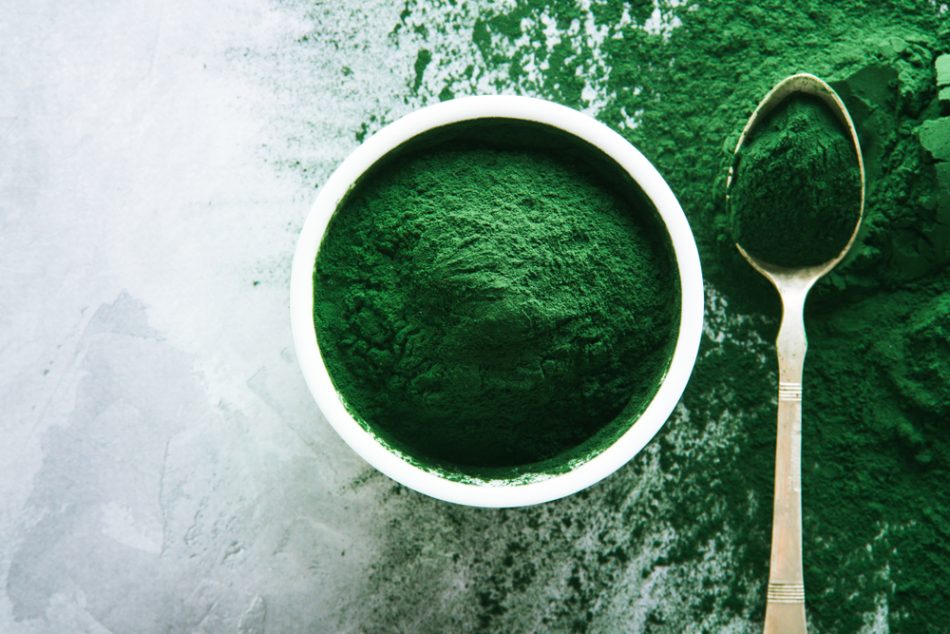
Algae powered a basic computer for over six months
Sometimes it can be pretty difficult to imagine our highly technological society coexisting with the natural world. We seem to live most of our lives entirely online, not just separated from nature, but also from physical space itself. However, scientists from the University of Cambridge have Read More...

For the first time, scientists have recorded squids' camouflage abilities
Octopus and cuttlefish are known for their impressive ability to camouflage into their surroundings, changing the color of their skin to escape their predators and catch unsuspecting prey. Squids are cephalopods like octopus and cuttlefish, so one could assume they can camouflage too. However, Read More...

Eco-friendly algae oil could finally solve palm oil's drawbacks
From food to cosmetics, palm oil can be found in countless products today, making it the world’s most widely used vegetable oil. As you may know, though, palm oil is far from environmentally friendly. Additionally, experts have raised concerns about palm oil’s effects on our health. Soon, Read More...

Europe’s first biorefinery uses algae to make jet biofuel
The global aviation industry is responsible for more than 2 percent of human-produced carbon dioxide emissions. To put a dent in that statistic, scientists have been actively searching for cost-effective and eco-friendly aviation fuels derived from natural resources. In recent years, microalgae Read More...

This tasty blue soda has no food coloring and captures CO2
We’ve previously talked about the benefits of spirulina. Considered a superfood, blue-green algae have been touted for its high nutritional value. And although it has become popular as a supplement among wellness-focused people, the algae still hasn’t reached mainstream adoption. That may Read More...

This bio-rover is essentially driven by a marimo ball
What is marimo? Marimo is arguably one of nature’s most bizarre creations. Commonly known as algae balls or moss balls, these algae bundles are typically found on lake floors in Japan and Northern Europe. Their fuzzy spherical shape is the result of gentle currents rolling the algae over and Read More...

Scientists use algae proteins to partially restore vision of blind man
Retinitis pigmentosa — a disease that progressively destroys light-sensing cells on the surface of the retina — is one of the most common causes of blindness in young people, affecting about one in 4,000 people worldwide. Though there’s no cure for this genetic disorder, scientists are Read More...

Researchers push microalgae as the food source of the future
Facing food security issues on land, more researchers are turning to the untapped potential of the sea to meet the nutritional needs of the future. One new diet, called ocean flexitarianism, emphasizes eating food from low on the ocean food chain such as algae and seaweed. Advocated for by Read More...

7 Benefits of spirulina
You may have noticed vibrant blue beverages popping up at your favorite cafe or health food store. These treats are most likely infused with spirulina, a green-blue superfood that’s rapidly gaining popularity. But what exactly is spirulina and why is it good for you? Let’s take a look. What is Read More...

Algae wrapped in droplets improves efficiency of artificial photosynthesis
In our quest for the most sustainable, most renewable sources of energy, humanity continues to look to nature for inspiration. One of nature’s most efficient energy systems is photosynthesis, which is how plants convert sunlight, water, and carbon dioxide into chemical energy to fuel themselves. Read More...


